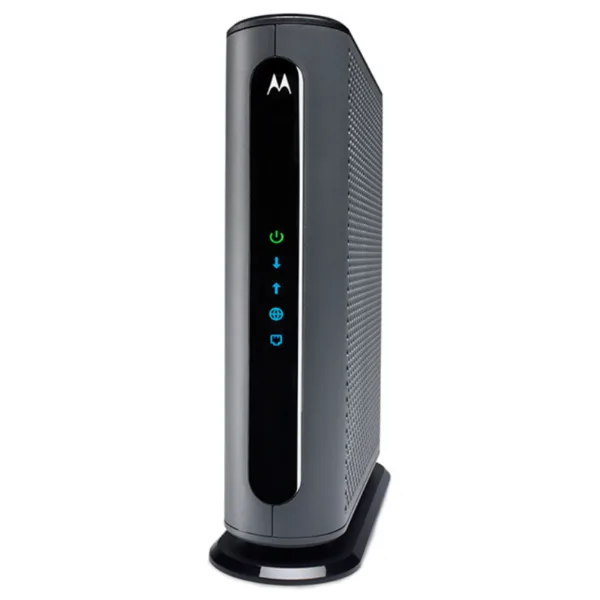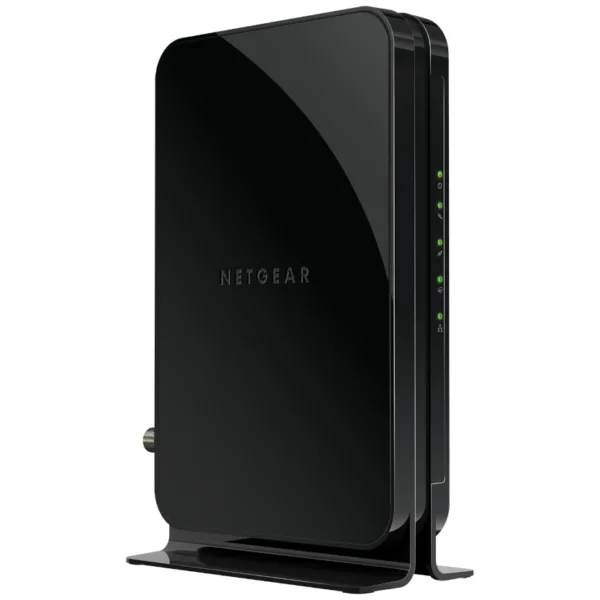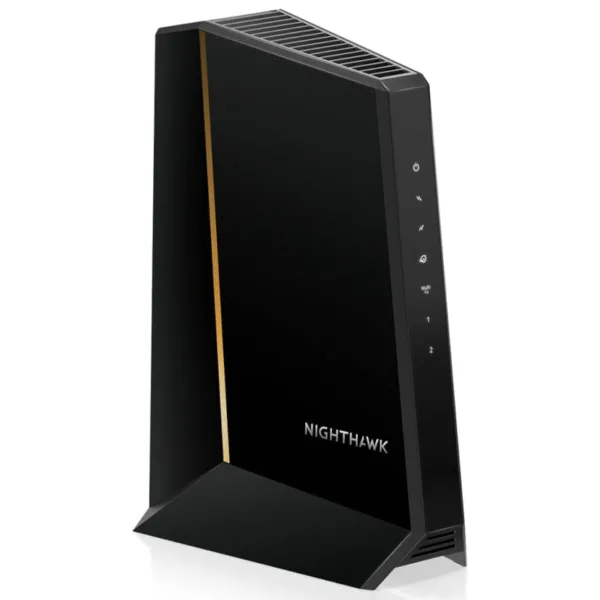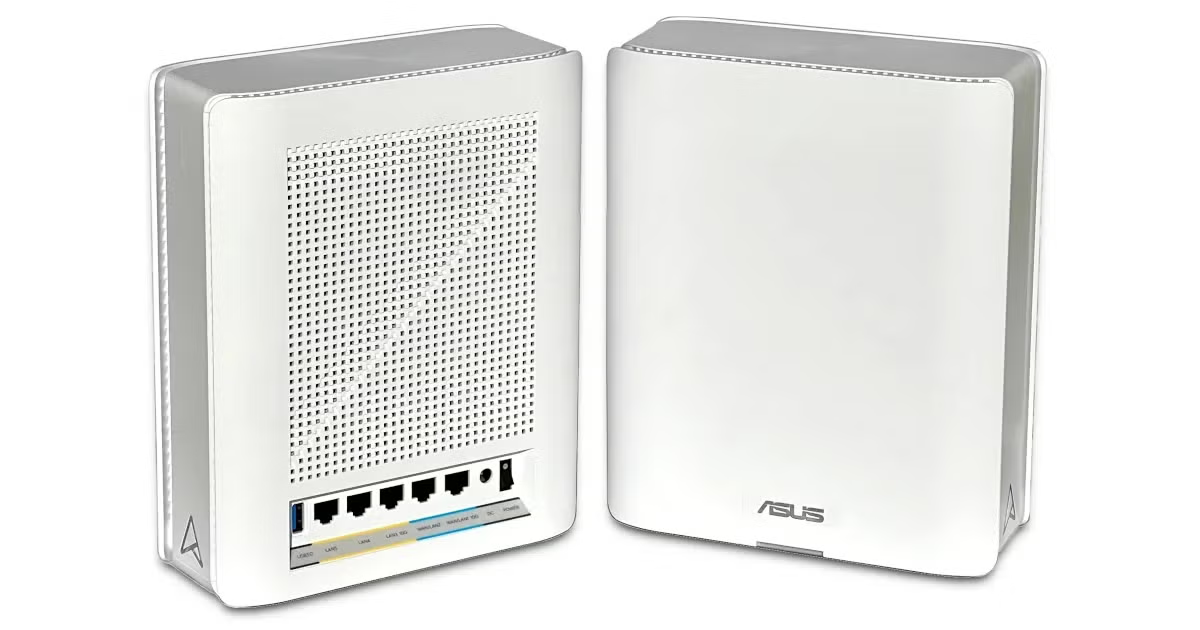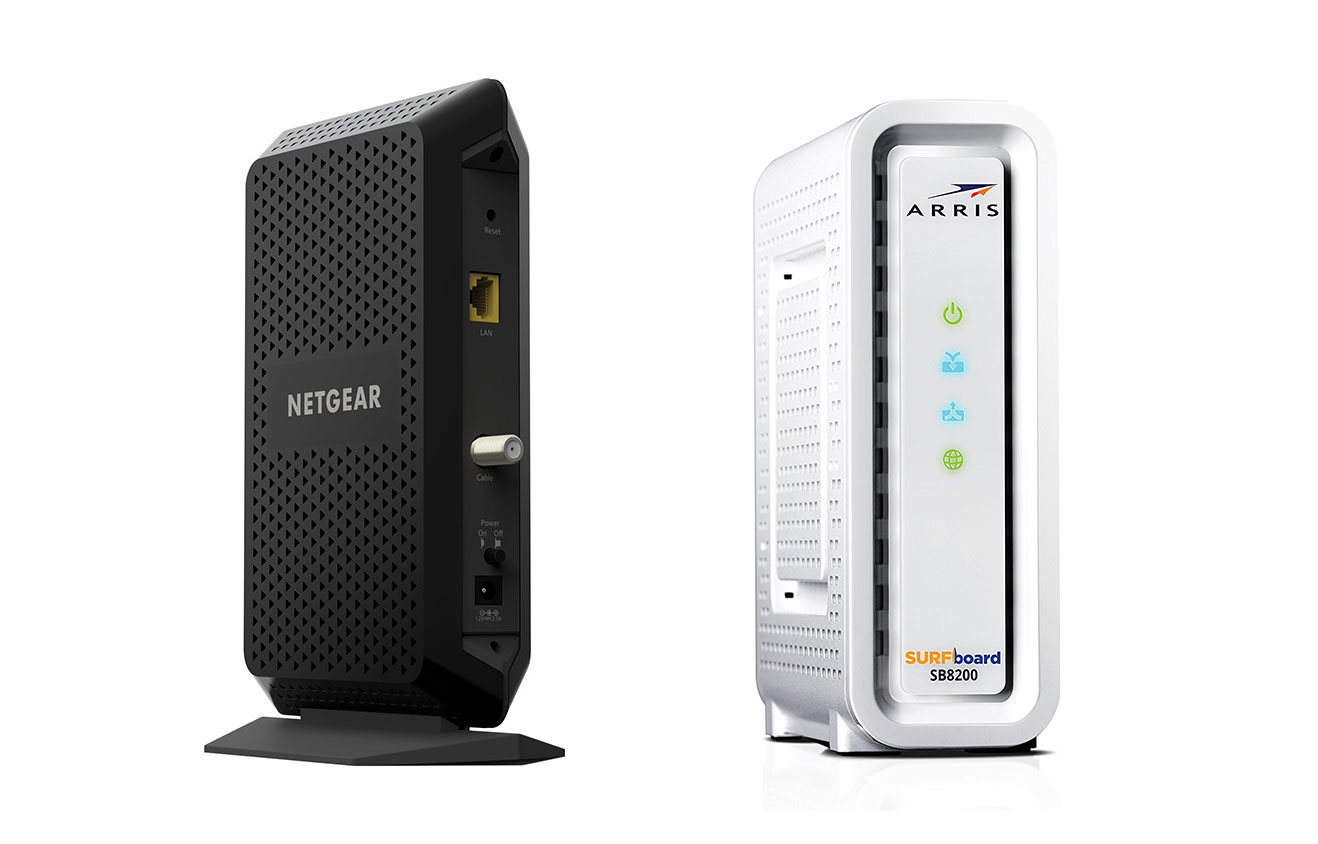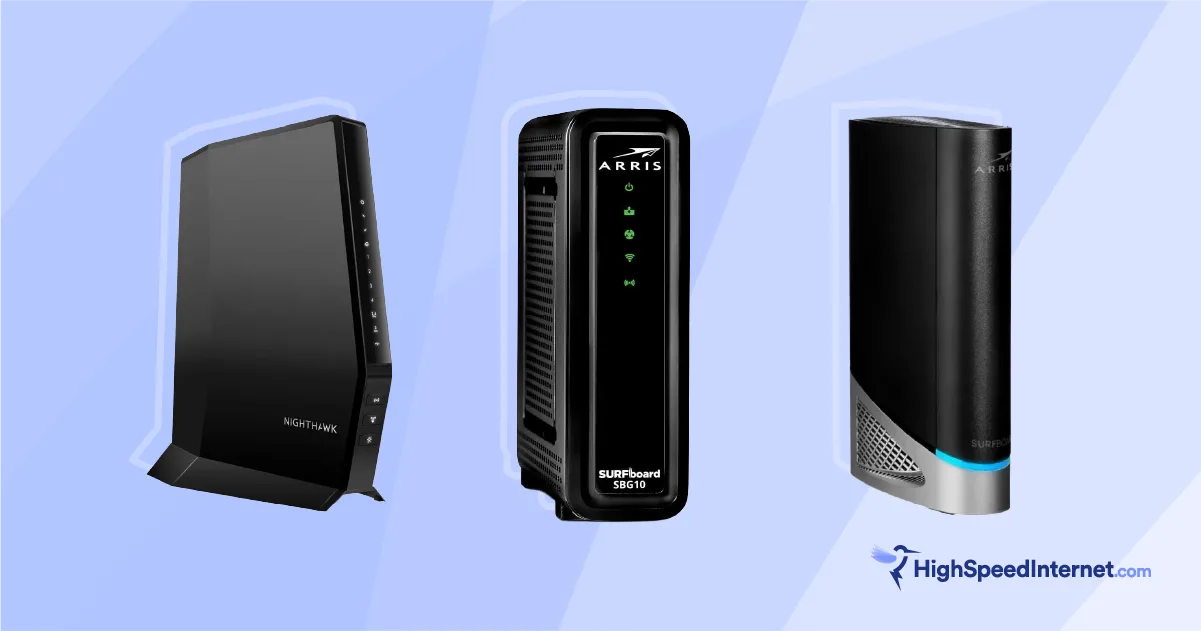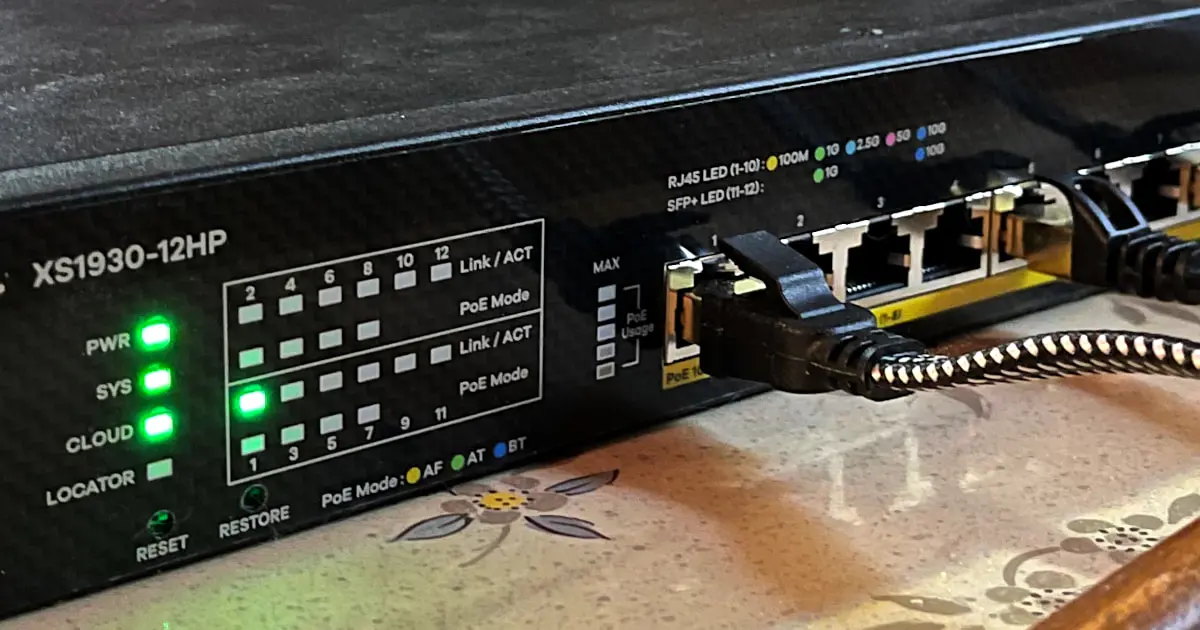Best Cable Modems 2026
Save on rental fees and maximize your internet with these cable modem pro picks
Dec 8, 2025 | Share
Equipment Guides
-
Best overallMotorola MB8611
- $219.99*
- Multi-gig speeds
- 2.5 Gbps Ethernet
- No Android app
-
Best for budgetsNETGEAR CM500
- $59.99*
- Great price
- Decent speeds
- No DOCSIS 3.1
-
Best for gamersNETGEAR Nighthawk CM3000
- $299.99*
- Multi-gig speeds
- Gamer design
- High price
Amazon.com prices (as of 12/08/2025 at 15:45 MST). Read full disclaimer.
Our pick: Which cable modem is best?
A modem may not be the most exciting thing to shop for—but it sure is important. Purchasing a modem can help you save on rental fees from your internet provider and maximize your internet plan. Our overall choice for most cable plans is the Motorola MB8611. The MB8611provides plenty of speed for the average household and its relatively affordable price tag is the cherry on top.
In this roundup:
Best cable modems | What to look for | Best overall | Our verdict | FAQ
In this roundup:
The 5 best cable modems
- Best overall: Motorola MB8611
- Best for budgets: NETGEAR CM500
- Best gamers: NETGEAR Nighthawk CM3000
- Best multi-gig alternative: ARRIS SURFboard SB8200
- Best combo: ARRIS SURFboard G36
Compare cable modem specs and features
| Best for | Model | Max download speed | Price* |
|---|---|---|---|
| Overall | Motorola MB8611 | 2,500Mbps | $219.99 on Amazon |
| Budgets | NETGEAR CM500 | 343Mbps | $59.99 on Amazon |
| Gamers | NETGEAR Nighthawk CM3000 | 2,500Mbps | $299.99 on Amazon |
| Multi-gig | ARRIS SURFboard SB8200 | 2,000Mbps | $168.98 on Amazon |
| Modem/router combo | ARRIS SURFboard G36 | 2,500Mbps | $339.99 on Amazon |
Amazon.com prices (as of 12/08/2025 at 15:45 MST). Read full disclaimer.
How to find the right cable modem for your needs
The most important thing to consider when purchasing a router is the maximum download speed supported—you need to make sure it can support your internet plan speeds. The channel count and specs on a modem will tell you exactly what the max upload and download speeds are. Most modems use DOCSIS 3.1 that provide plenty of speed. As amazing as it is that the latest DOCSIS 4.0 supports outrageous download speeds of 10,000Mbps, it’s definitely over the top for most households.
The Ethernet port controls the modem’s maximum output to your network. You’ll want to make sure the modem’s Ethernet port is capable of handling your cable internet plan. If you have a plan over 1,000Mbps, a Gigabit Ethernet port won’t be enough.
Best overall: Motorola MB8611
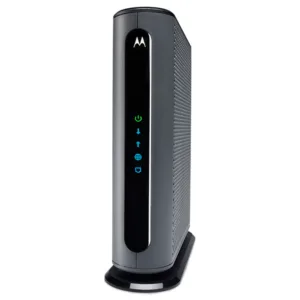
Motorola MB8611
Specifications
- 1x 2.5Gbps Ethernet port
- 2×2 OFDM/A channels (DOCSIS 3.1)
- 32×8 SCQAM channels (DOCSIS 3.0)
- Max download speed: 2,350Mbps
- Max upload speed: 800Mbps
Amazon.com price (as of 12/08/2025 at 15:45 MST). Read full disclaimer.
Pros
Multi-gig speeds
5 Gbps Ethernet
MotosSync app
Cons
Pricey compared to other options
Motorola is one of the most reliable cable modem brands out there, and the MB8611 does not disappoint as a top seller. The biggest standout it has to offer is its reduced latency through Active Queue Management. You can use the handy MotoSync app to set up and manage your modem or to troubleshoot any issues.
You’ll get a two-year warranty and free tech support if you go with a Motorola modem—sweet! A zippy 2.5Gbps port should provide plenty of speed for most internet plans and households. So unless you need speeds over 2,350Mbps, the MB8611 is a solid choice that comes with plenty of perks.
The Motorola MB8611 will work with the following providers:
- Astound
- Cox
- Mediacom
- Optimum
- Sparklight
- Spectrum
- WOW!
- Xfinity
Best for budgets: NETGEAR CM500
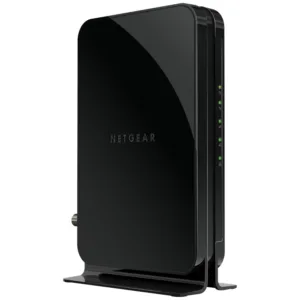
NETGEAR CM500
Specifications
- 1x Gigabit Ethernet port
- 16×4 SCQAM channels (DOCSIS 3.0)
- Max download speed: 343Mbps
- Max upload speed: 123Mbps
Amazon.com price (as of 12/08/2025 at 15:45 MST). Read full disclaimer.
Pros
Low price
Decent cable speeds
Cons
No DOCSIS 3.1 support
Can’t support plans over 400Mbps
If you’re on a budget and don’t have crazy-high internet needs, the NETGEAR CM500 is the modem for you. It’s very basic, but will get the job done at a low price-point. It can support plans up to 400Mbps, making it a solid choice for smaller households. There are some reports of dropped connections and durability issues for the CM500, but overall most customers are satisfied with the value for its cost.
The CM500 has a solid rating of 4.2 out of 5, with customers noting an easy set up process and reliable connection. If you’re looking for a modem that includes the core essentials of a good modem at the lowest price possible, NETGEAR’s CM500 can be a great addition to your home network. The CM500 is compatible with the following providers:
- Cox
- Mediacom
- Optimum
- Sparklight
- Spectrum
- Xfinity
Best for gamers: NETGEAR Nighthawk CM3000
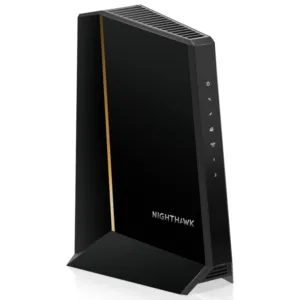
NETGEAR Nighthawk CM3000
Specifications
- 1 x 2.5Gbps Ethernet port
- 2 x 1Gbps Ethernet ports
- 2×2 OFDM/A channels (DOCSIS 3.1)
- 32×8 SCQAM channels (DOCSIS 3.0)
- Max download speed: 2,350Mbps
- Max upload speed: 1,000Mbps
Amazon.com price (as of 12/08/2025 at 15:45 MST).Read full disclaimer.
Pros
Two extra 1Gbps Ethernet ports
Cool design with LEDs
Cons
Reported durability and connectivity issues
Another solid NETGEAR modem is the CM3000—we particularly recommend this one for gamers. It supports download speeds up to 2.5Gbps with one 2.5Gbps Ethernet port, plus two extra Gigabit ports. You’ll want to ensuremake sure your router WAN port is also capable of 2.5Gbps speeds in order to maximize your modem and internet plan.
One of the reasons the CM3000 is our pick for gamers is the mesmerizing LED strip that runs along the sides. The sleek and modern look won’t clash with your gaming setup—we know aesthetics are especially important for gamers who stream. The CM3000 performs just as well as other modems, and itbut adds extra flare with its angular design that stands out above the rest.
It’s compatible with these providers:
- Cox
- Mediacom
- Optimum
- Sparklight
- Spectrum
- Xfinity
Best multigig alternative: ARRIS SURFboard SB8200
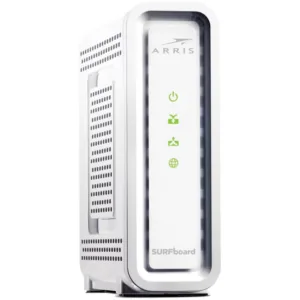
ARRIS SURFboard SB8200
Specifications
- 2x 1Gbps Ethernet ports
- 2×2 OFDM/A channels (DOCSIS 3.1)
- 32×8 SCQAM channels (DOCSIS 3.0)
- Max download speed: 1,880Mbps
- Max upload speed: 800Mbps
Amazon.com price (as of 12/08/2025 at 15:45 MST). Read full disclaimer.
Pros
Multi-gig speeds
Simple set up
Cons
No 2.5 Gbps Ethernet port
ARRIS is another reliable cable modem manufacturer, so when it comes to performance and high reliability—the SURFboard SB8200 will not disappoint. This modem will be especially useful for those who already own a router without a 2.5Gbps port.
Keep in mind that your router will need to support link aggregation in order for you to be able to combine your router’s WAN and LAN 1 ports for a 2Gbps connection. Since the SB8200 has two Gigabit Ethernet ports, you’ll be able to get the most out of your modem and router without having to upgrade to a 2.5Gbps router. The SB8200 modem will work with the following providers:
- Astound
- Cox
- Mediacom
- Optimum
- Sparklight
- Spectrum
- WOW!
- Xfinity
- And six other providers
Best combo: ARRIS SURFboard G36
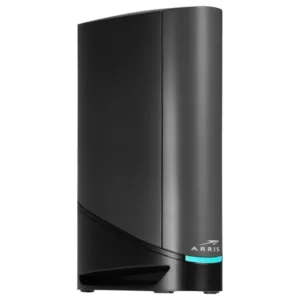
ARRIS SURFboard G36
Specifications
- 4x 1Gbps Ethernet ports
- 1x 2.5Gbps Ethernet port
- 2×2 OFDM/A channels (DOCSIS 3.1)
- 32×8 SCQAM channels (DOCSIS 3.0)
- Max download speed: 2,350Mbps
- Max upload speed: 800Mbps
Amazon.com price (as of 12/08/2025 at 15:45 MST).Read full disclaimer.
Pros
Four extra 1Gbps ports
Built-in Wi-Fi 6 router
Cons
High price
If you want to take the most simple approach to setting up your home network, —a modem/router combo is the way to go. This won’t just save you the hassle of buying a router, but it’ll save you some money too. The ARRIS SURFboard G36 is a dependable all-in-one solution with fast wired connections and, a reasonable price tag. Plus, it packs a punch with plenty of internet speed.
If you’ve got a ton of wired devices, the G36 comes with four Gigabit Ethernet ports to plug into, plus one 2.5Gbps port. This gives you plenty of flexibility to work with various router WAN ports and devices. The G36 will work with plenty of providers too:
- Astound
- Cox
- Mediacom
- Optimum
- Sparklight
- Spectrum
- WOW!
- Xfinity
- And six other providers
Our verdict
There’s a lot of leeway when it comes to choosing a good modem. Modems are less complicated than routers, so you have more opportunities to base your decision on other features like colors and designs. Your speed needs are going to be the main deciding factor. As long as your modem can handle your internet plan speeds, you’re golden!
If you can, try to pick a modem you know will future-proof your internet connection so you don’t have to upgrade anytime soon. The Motorola MB8611 is our pick for a modem that will pack plenty of speeds and work for most households.
FAQ about cable modems
What is a modem?
Do I need a router if I have a modem?
How does DOCSIS 3.1 enable faster speed?
Disclaimer
Product prices and availability are accurate as of the date/time indicated and are subject to change. Any price and availability information displayed on Amazon.com at the time of purchase will apply to the purchase of this product. HighSpeedInternet.com utilizes paid Amazon links.
CERTAIN CONTENT THAT APPEARS ON THIS SITE COMES FROM AMAZON. THIS CONTENT IS PROVIDED ‘AS IS’ AND IS SUBJECT TO CHANGE OR REMOVAL AT ANY TIME.
Author - Andrea GutierrezPrieto
After graduating from the University of Utah with an honors degree in Linguistics, Andrea Gutierrez Prieto transitioned from being an Analytic Linguist and Research Assistant to the HighSpeedInternet.com team. Andrea has a background in academic and research writing with a passion for helping readers make informed decisions. Off the clock, Andrea spends her time watching anime, reading manga, and baking delicious pastries at home.
Editor - Jessica Brooksby
Jessica loves bringing her passion for the written word and her love of tech into one space at HighSpeedInternet.com. She works with the team’s writers to revise strong, user-focused content so every reader can find the tech that works for them. Jessica has a bachelor’s degree in English from Utah Valley University and seven years of creative and editorial experience. Outside of work, she spends her time gaming, reading, painting, and buying an excessive amount of Legend of Zelda merchandise.
